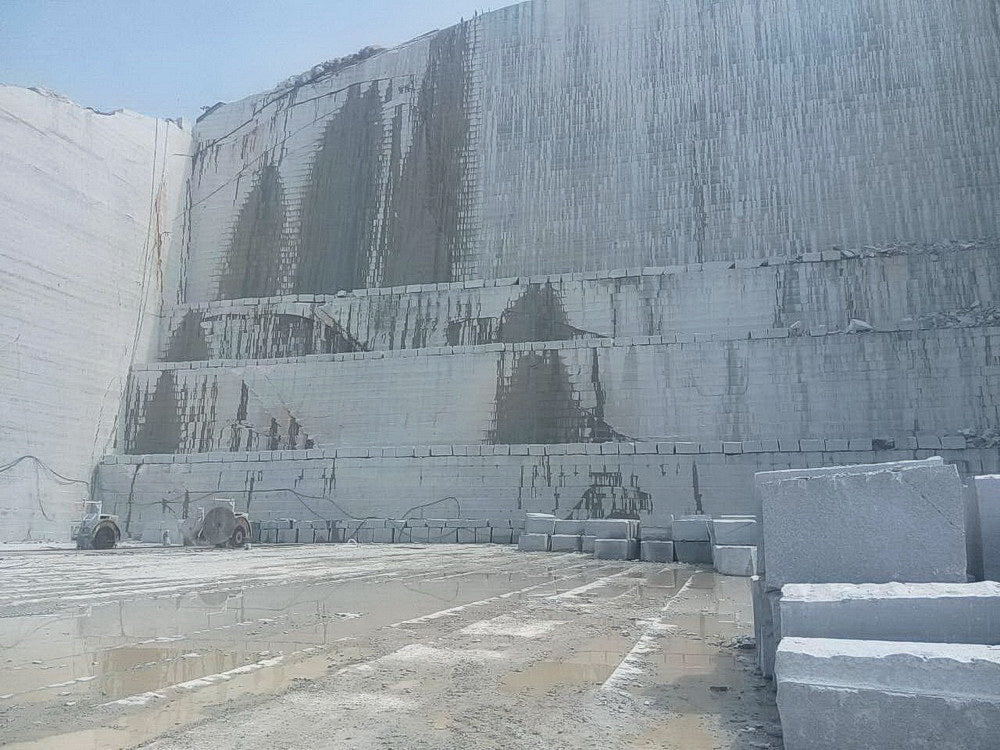Discovering the Charm of Granite Quarry in South Africa Wonders
Discovering the Charm of Granite Quarry in South Africa Wonders
Blog Article
Introducing the Mysteries of Granite Quarrying: Where Strength and Beauty Meet
The world of granite quarrying is a world where the raw toughness of nature assembles with human virtuosity to produce structures that stand the examination of time with an air of style. From the depths of quarries to the careful polishing in workshops, the procedure of changing granite right into building wonders is a complex dancing of tradition and advancement. As we peer right into the midsts of this ancient craft, we begin to discover the surprise details that form the really essence of our built environment.
The Origins of Granite Quarrying
In the annals of architectural background, the beginnings of granite quarrying are shrouded in a tapestry of old workmanship and geological wonders. Going back to old Egypt and Mesopotamia, the removal of granite from quarries noted the start of a trip that would at some point bring about the production of several of the globe's most legendary frameworks.
Granite quarrying's origins can be mapped to the proficient craftsmens that identified the rock's longevity and visual appeal. Via a mix of primitive devices and large resolution, these very early quarry employees discovered granite blocks that would end up being the foundation of worlds.
As worlds progressed, so did the methods of quarrying granite. The Romans, renowned for their engineering prowess, created innovative techniques for drawing out granite to build monuments, temples, and roads that stood the test of time.
The heritage of these old quarrying practices remains to form contemporary architecture, with granite remaining a symbol of strength and elegance in construction projects around the globe. (granite quarries in south africa)
Devices of the Quarrying Trade
The advancement of granite quarrying strategies from old civilizations to modern-day times highlights the crucial function played by the devices of the quarrying profession in forming the industry's methods. In old times, quarrying devices were fundamental, frequently including blades, hammers, and wedges made from materials like bronze or iron. These tools needed substantial manpower and time to essence granite blocks from quarries.

In addition, the introduction of pneumatic devices and high-powered equipment has actually dramatically lowered the physical labor called for in quarrying procedures, improving worker safety and productivity. As the quarrying sector proceeds to introduce, the tools of the trade continue to be at the center of driving development and shaping the future of granite extraction.
Extracting Blocks of Granite
Making use of accuracy machinery and advanced strategies, the extraction of granite blocks from quarries has actually come to be an advanced process in the modern-day quarrying sector. The preliminary step entails determining the location and dimension of the granite down payment to identify one of the most effective extraction approach. When a suitable website is chosen, the extraction procedure begins with the exploration of holes for the positioning of dynamites. Controlled blowing up methods are then used to disintegrate the granite right into workable areas.

Sprucing Up and Completing Strategies
To attain a remarkable surface on granite blocks, knowledgeable craftsmens employ a collection of careful polishing and completing strategies. After the preliminary extraction and shaping processes, the granite blocks undergo a detailed polishing stage to boost their natural charm and longevity.
Along with polishing, completing strategies are put on further fine-tune the granite's appearance. These methods might consist of flaming, honing, or brushing, each offering distinct structures and surfaces to match various visual choices. Flaming, for example, involves exposing the granite surface to high temperatures to create a rough, textured finish, ideal for outside applications where slip-resistance is vital. Refining, on the various other hand, supplies a matte coating that is smooth to the touch, excellent for interior kitchen counters and floor covering. By meticulously picking and using these brightening and completing methods, artisans can transform raw granite blocks into exquisite items that display both toughness and sophistication.

Ecological Impact and Sustainability
With the expanding focus on environmental awareness in the sector, granite quarrying practices are significantly scrutinized for their effect on all-natural resources and long-lasting sustainability. Quarrying for granite can have substantial environmental ramifications. The removal procedure frequently includes making use of heavy machinery, nitroglycerins, and huge amounts of water, causing environment destruction, soil erosion, and water air pollution. In addition, the transportation of granite from quarries to processing facilities produces carbon exhausts, further adding to environmental deterioration. granite quarries in south africa.
To reduce these anonymous effects and make More Help sure sustainability in granite quarrying, sector stakeholders are taking on numerous actions. Applying innovative modern technologies to lower power intake and water use, recovering quarried land for environmental remediation, and promoting responsible sourcing practices are some strategies being used. Certifications such as the Woodland Stewardship Council (FSC) and the Management in Energy and Environmental Design (LEED) aid customers identify environmentally pleasant granite products.
Verdict
To conclude, granite quarrying is a process that requires specialized tools and methods to remove blocks of granite and polish them to a high level of coating. While the ecological impact of quarrying can be substantial, efforts are being made to improve sustainability practices in the industry. In general, granite quarrying is a delicate equilibrium between utilizing the strength and style of this all-natural rock while minimizing useful link its effect on the environment.
Report this page